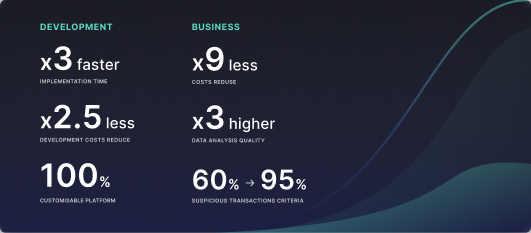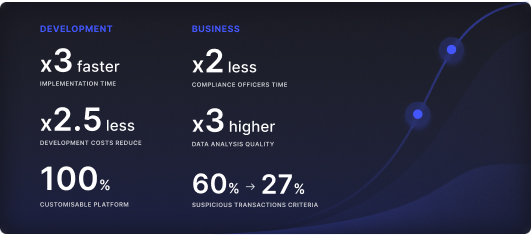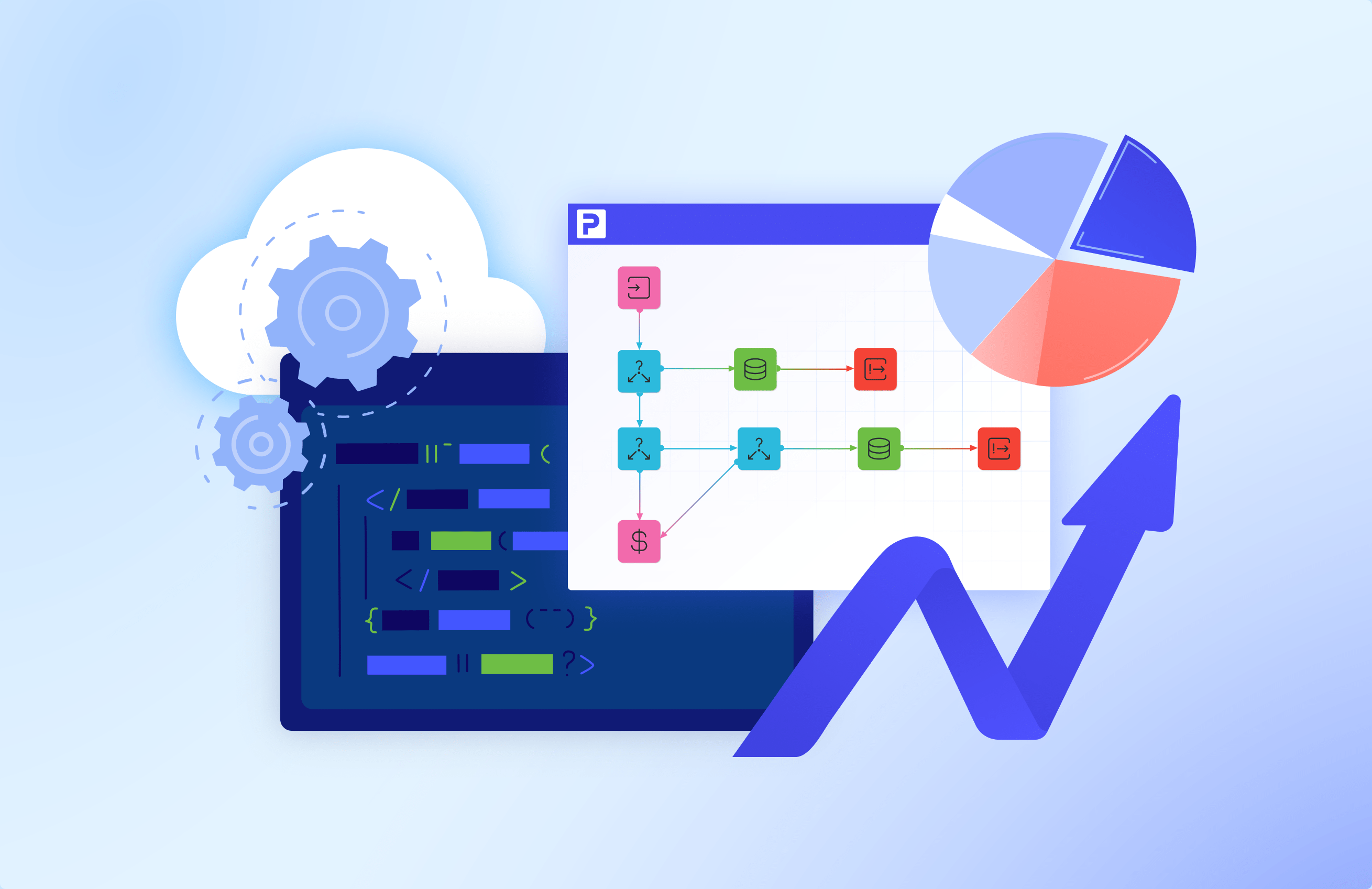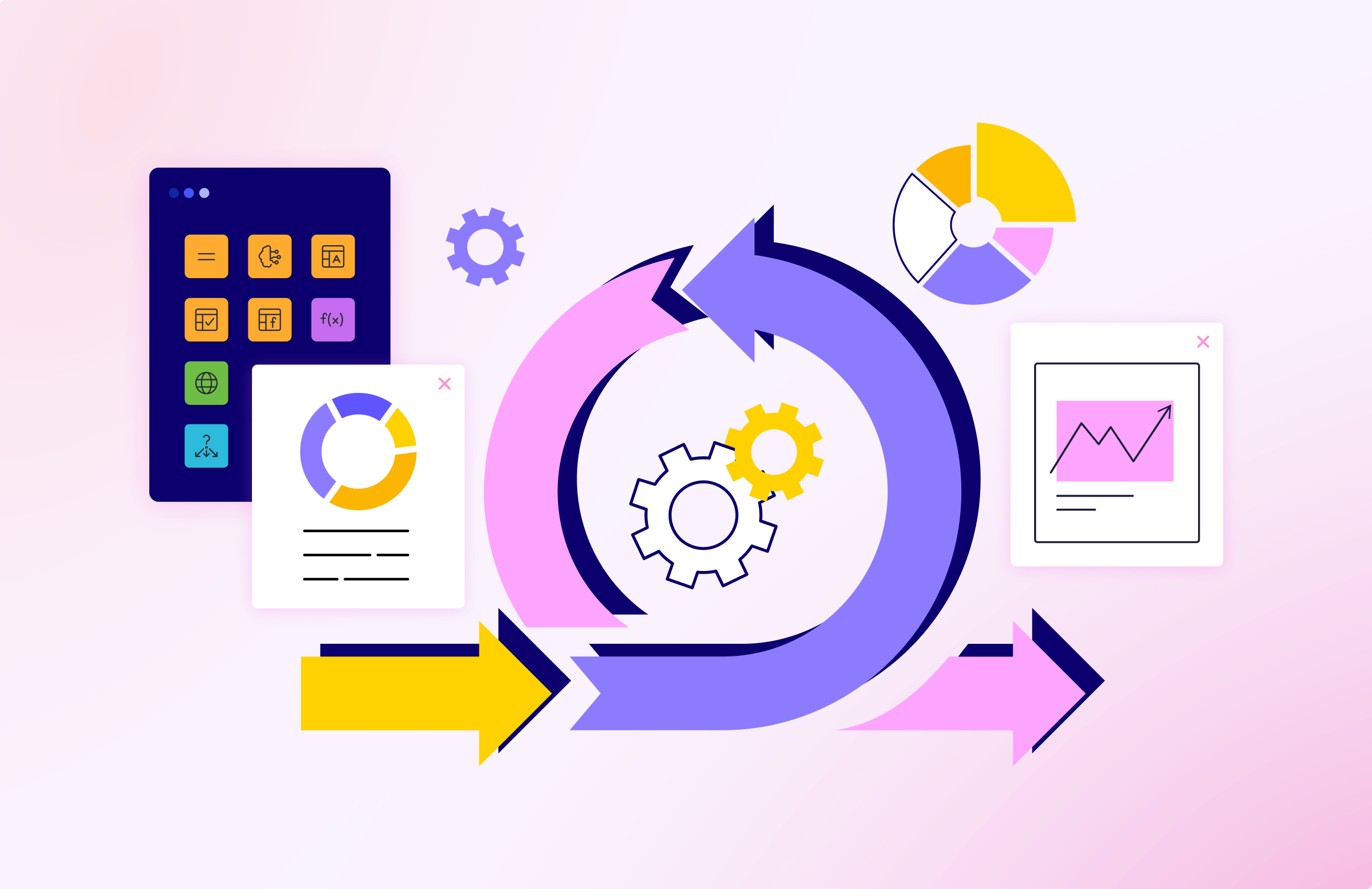How No-code & Low-code Can Reduce the Cost of Software Maintenance


Keeping your software up-to-date, safe, and performant takes resources and effort. As a company’s client base grows, it needs to scale the system — that means new features, integrations, and automation tools. Alongside that, the costs of software maintenance are continuing to rise. Sooner or later, the costs become so high that a company needs to find cheaper and faster ways of maintaining its digital environment. It’s no longer a question of if, it becomes a question of survival in today’s ultra-competitive market.
According to Statista, businesses will spend a whopping $856 billion worldwide on IT. A significant part of this money will be invested in software maintenance.

Fortunately, the software market offers a wide array of options to scale business systems and maintain their smooth performance. COTS software, 3r’d party services, and robust development platforms are some of the most widespread tools to achieve maintenance objectives faster. You can find more details in this study by ResearchGate. However, there’s no match to low-code/no-code. These approaches are disrupting software maintenance, and facilitating the creation of new features, automatization tools, and system security. Here, we will focus on how you can use low-code and no-code platforms to improve your maintenance processes — without any extra stress.
Why do businesses need software maintenance?
Companies need software maintenance to modernize their systems, keep them safe and extend the software functionality to reflect changing business strategies. Fast-appearing innovations and ever-changing software safety regulations require constant system updates. Especially for banking and healthcare businesses where the safety and quality of services are crucial. Any service inconsistency or code breach may put the business in jeopardy.
Developing businesses never stop extending their systems. Although they maintain their systems with new apps, integrations, and services, additional features brought by the new apps allow a business to cater to more customers, improve their experience, facilitate internal activities, etc. Developing and maintaining a business system is key to staying competitive in the market. For instance, if your system fails to process a hundred more service requests per day, there will always be a competitor that will process them for your clients.
What makes software maintenance become expensive?
First off, let’s find out the reasons behind the rising maintenance costs and what factors you’ll need to take into account.
Software maintenance costs are tied to IT staff salaries. The bigger the system, the more developers it requires to stay performant and updated. The average hourly rate of a middle-level developer is $15-30, as UpWork reports. Hire five full-time developers and you’ll spend at least $30,000 in three months.
A business can expect a rise in maintenance costs if:
- The business expenses
- It needs urgent system updates
- The business system requires new features
- The number of clients rises
However, low-code and no-code platforms make software maintenance and scaling processes much faster, easier, and cheaper. Both low- and no-code approaches can be applied to multiple business IT processes, including system scaling with new apps, regulations compliance, automation, etc. But before we dive too deeply into the benefits, let’s get an overall view of low-code and no-code platforms.
What are low-code and no-code platforms?
Low-code and no-code platforms are the software tools used for robust software development. The platforms follow a visual development approach where users can drag-and-drop code components expressed as graphic elements of some kind. Every element has its function and a platform the user can change their parameters whenever necessary.
At the same time, the low-code and no-code platforms differ as the latter doesn’t have the functionalities for software customization. Low code enables developers to create custom components and integrations. In addition, the customization process in low-code platforms is usually accompanied by powerful technologies, such as AI or ML. These technologies enhance the app’s functionalities themselves and allow them to control their performance and quality.
Benefits of low-code and no-code approaches for software
Faster development
Visual development interfaces of low-code and no-code platforms allow the creation of additional features for software faster. It works quickly due to pre-built graphic code components, robust development tools, and drag-and-drop user flows.
In-built testing and debugging tools
Low-code/no-code platforms allow testing applications and systems directly in the platform. The platforms are able to inspect the apps before and after the deployment.
Improved system scalability
Many low-code tools include reusable components that speed up system scaling. It means that you can use parts of previously developed apps to create new features or extend the app. The flexibility of low-code and no-code tools facilitates software scaling so it can take hours or days instead of months.
Easy integrations
Low-code platforms have multiple pre-built connectors to the databases, 3r’d party services, BI systems, and applications. With a low-code tool, you can integrate an app with a 3r’d party in minutes.
Availability for citizen developers
With a low-code platform at hand, a company doesn’t need to hire a large IT department. Low-code and no-code solutions are easy-to-use so that even other department employees can grasp the basic concepts of using them. So, instead of hiring new expert-level developers to maintain your system, you can train the current staff to use low-code tools. Nevertheless, the maintenance of a sophisticated low-code system requires at least a junior/middle developer’s input.
How much do low-code and no-code maintenance costs?
Low-code maintenance costs will consist of the platform subscription payments which can be from free to $1,000 per month. The cost of a low-code/no-code platform subscription depends on the complexity of a platform and the set of features your company needs to maintain it. The more maintenance tasks you try to solve with low-code/no-code, the higher the price for a subscription becomes.
In addition, you can include the salary of a few (1-3) middle-level developers, if you plan to implement complex tools. It’s important for these developers to have experience with low-code platforms.
How to start using low-code/no-code for software maintenance?
To start using a low-code platform for software maintenance you should decide what exactly you need in that relation. Is it just a new feature for your customer application? Then, you can leverage only a no-code solution. However, if you seek a solution that solves multiple maintenance needs, you need a low-code platform. Low-code platforms are capable of facilitating:
Regulation compliance
Low-code tools for back-end development allow users to employ a business rules engine. Business rules are the foundation of compliance automation. Using a BRMS (Business Rules Management System), businesses can create multiple rules and automate their execution across every business app. Usually, low-code rules management is powered by AI/ML technologies that improve precision and facilitate rules execution.
Automation tools development
Low-code BRMSs also allow the automation of multiple business tasks and processes. It can be automated data processing, transactions, process initiation, decision-making, and many other repetitive tasks. In the case of automation tool development, low-code platforms employ RPA technology to perform the actions faster and eliminate the possibility of mistakes during the process.
App development
This is the basic feature of every low-code platform —- app creation. The types of applications you can develop depends on the platform. There are low-code platforms for back-end and front-end development. You can turn to a low-code solution when you need any additional app like a customer portal, client application, internal knowledge base, etc.
Reduce your software maintenance costs with ProcessMIX
If you are ready to cut maintenance budgets with low code, try the free ProcessMIX demo now.
ProcessMIX is a low-code platform for back-end development that allows businesses to improve scaling, regulation compliance, and automate business processes. The platform has an intuitive app-building interface and plenty of pre-built components to develop complex apps in weeks. What’s more important, ProcessMIX has a BRMS system powered by AI/ML to build powerful rule-based automation tools for different business software maintenance needs. Moreover, the platform uses RPA technology that makes automation even more performant.
The ProcessMIX platform has already proved itself in banking, manufacturing, and other industries. You can find out more about the results ProcessMIX helped to achieve in the case studies section.
 Visual Development
Visual Development Assignment of risk level and customer category within KYC processes during customer onboarding
Assignment of risk level and customer category within KYC processes during customer onboarding Cross-sell offer calculation for a 12MM strong client portfolio
Cross-sell offer calculation for a 12MM strong client portfolio

